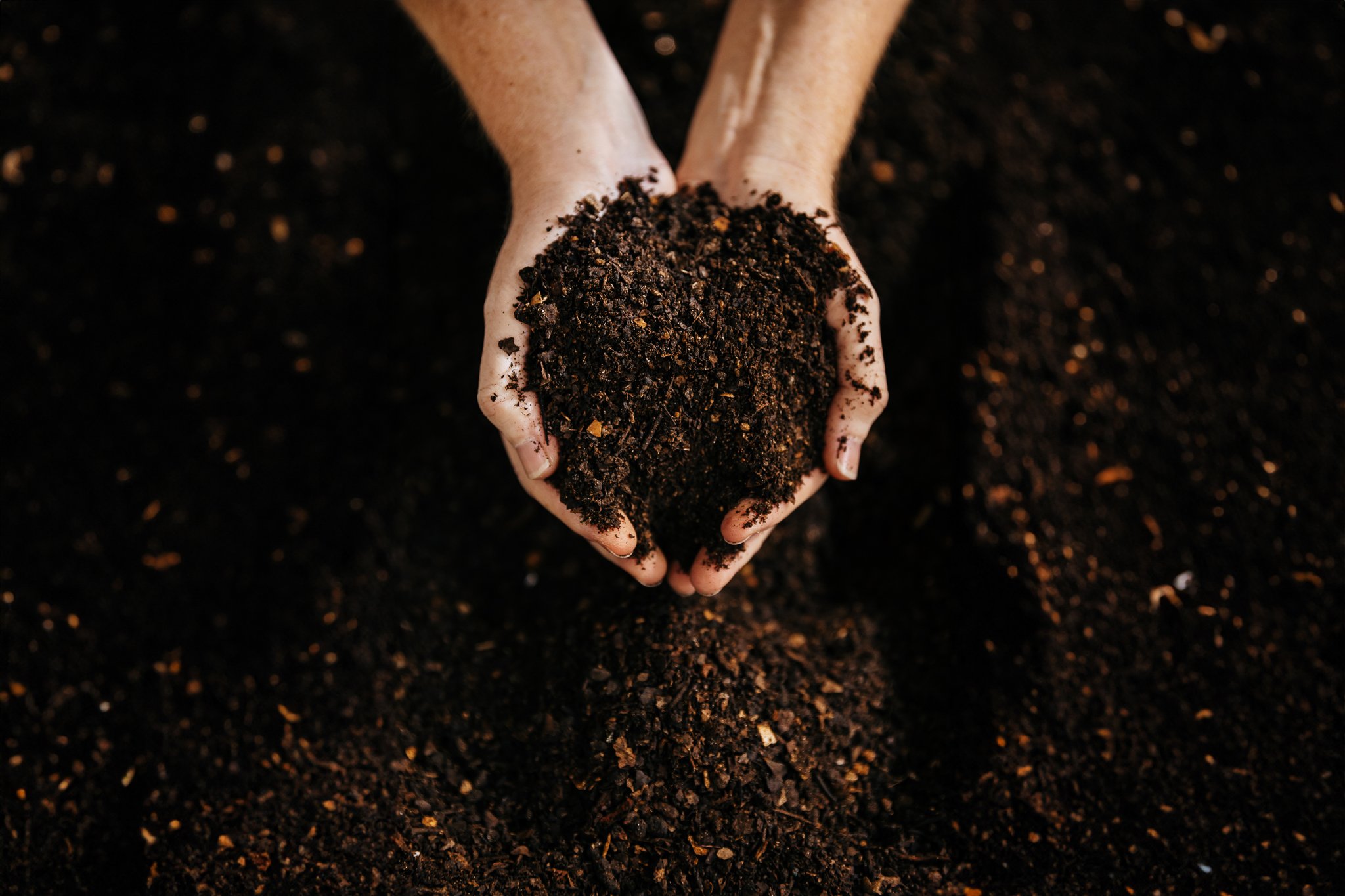
Efficient food waste composting
Capital Scraps was an experiment in using urban food waste for maximum regenerative outcomes.
Capital Scraps ran from 2020 to early 2024 and in that time converted 100 tonnes of urban food scraps (and a larger volume of carbon feedstock) into high-humic content compost.
Capital Scraps was therefore a demonstration of what is possible on a small physical footprint and using ultralocal logistics. But the more significant benefits were less obvious.
Urban food waste composting globally suffers from issues of contamination as well as being drastically undersold as a climate action.
Food scraps (after edible portions have been used) are a valuable resource that legitimately regenerate our soils and therefore also help to regenerate our agricultural and natural ecosystems.
It seems counter-intuitive but food scraps (highly unstable, putrescible in nature) can be used to drive the creation of more permanent forms of soil carbon.
How is this possible? Read on below or reach out to Brook@compost.org.au to start a dialogue.
What is high-efficiency composting?
We use the latest science to get the best climate outcomes from composting. Food scraps are a critical component, helping us stabilise the carbon from other organic wastes to contribute to overall carbon removal.

